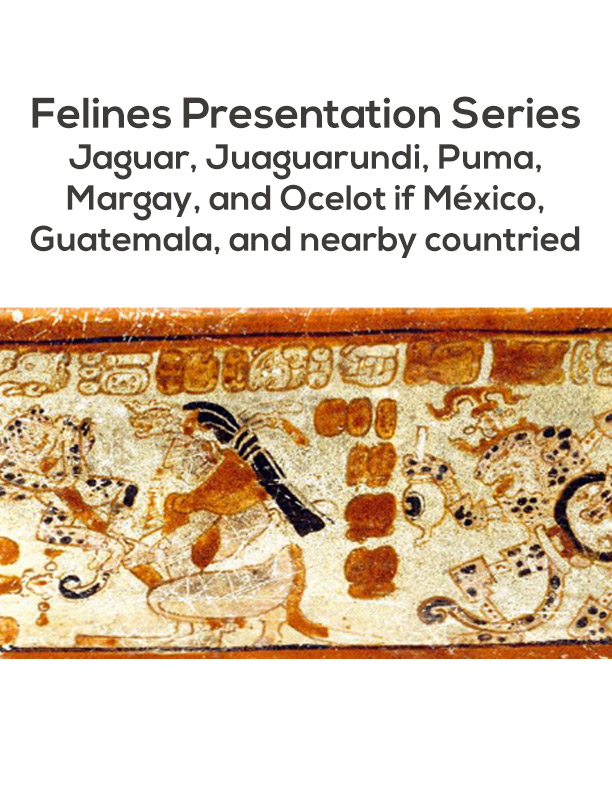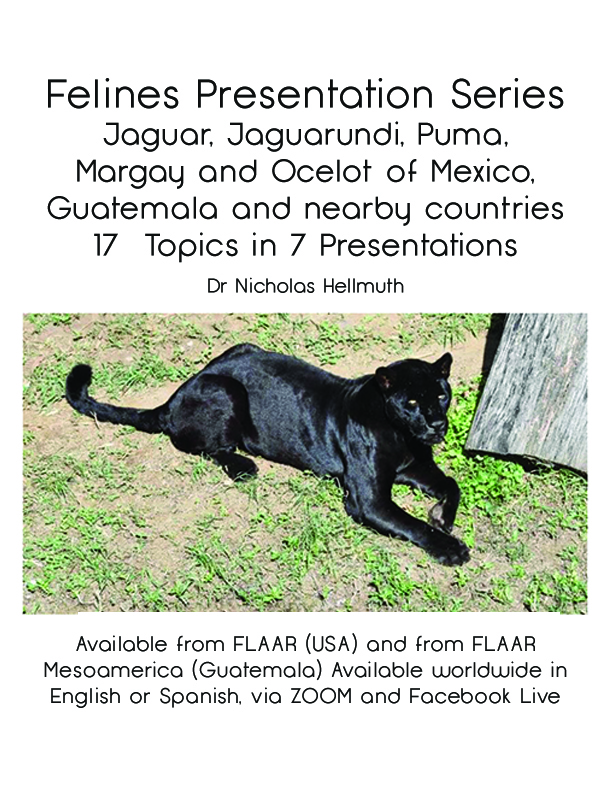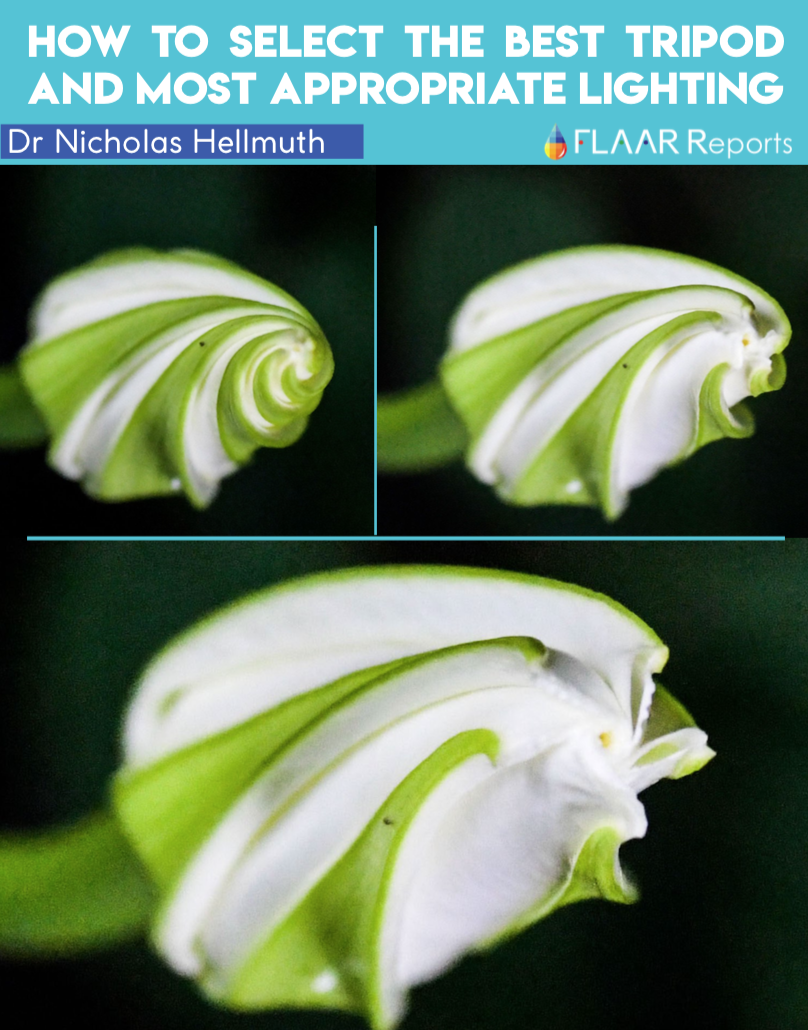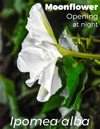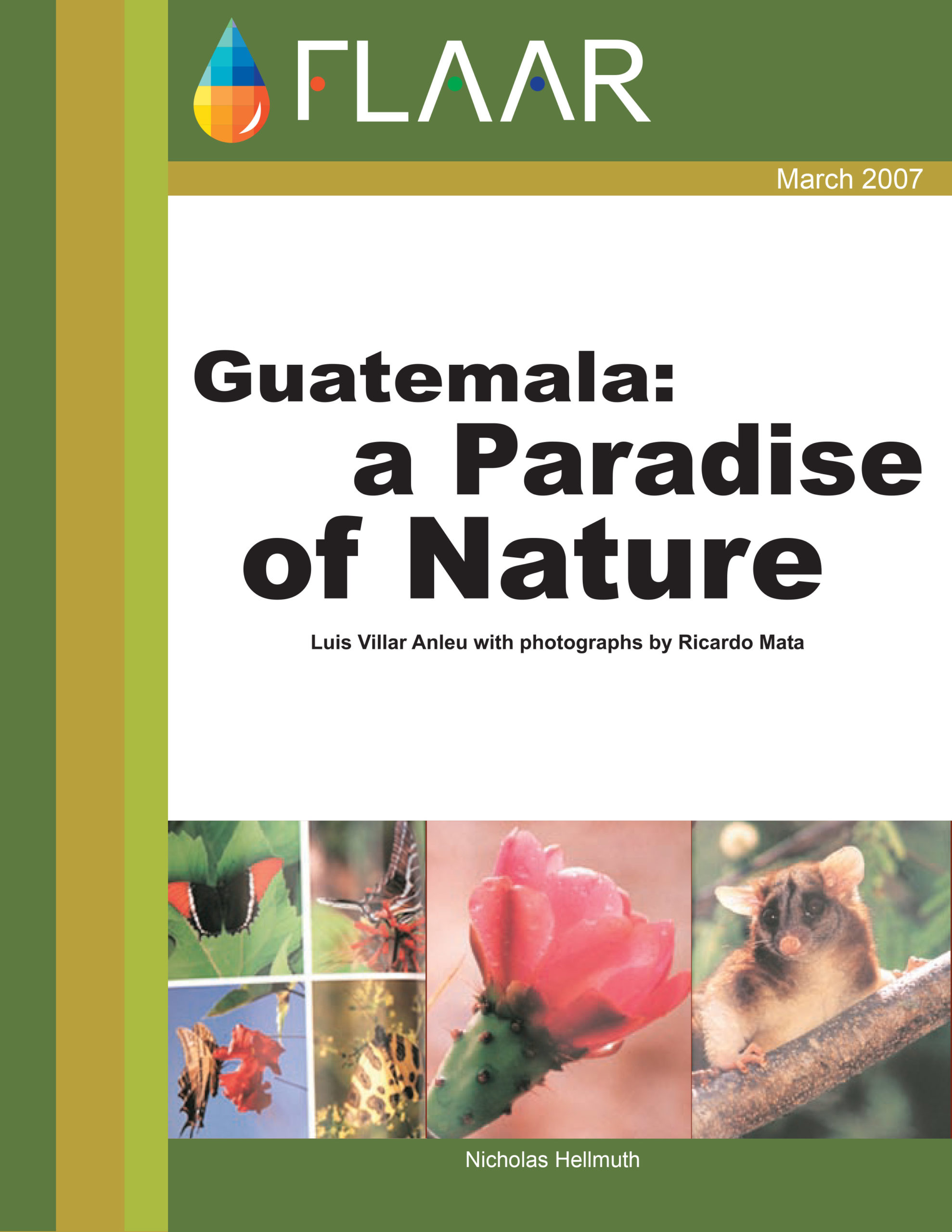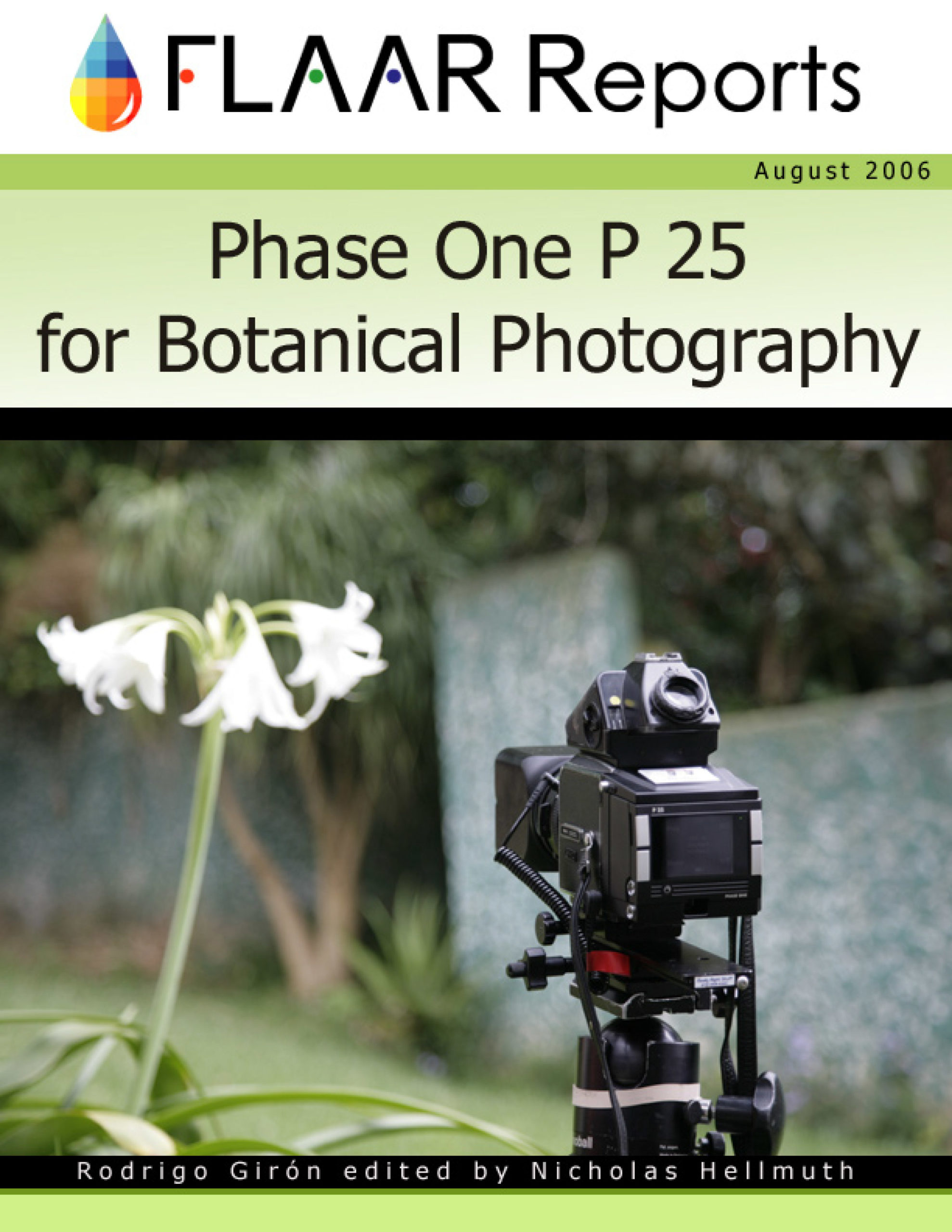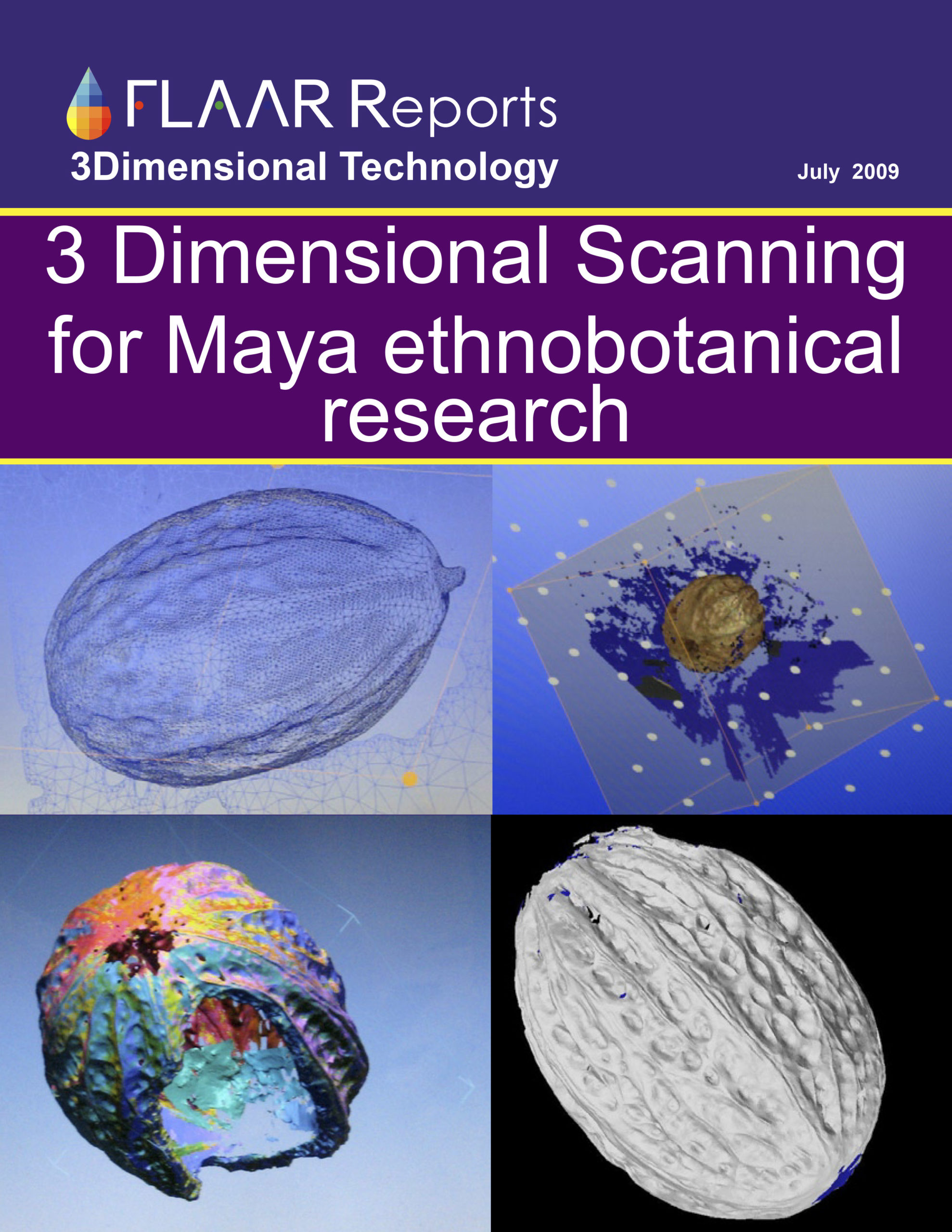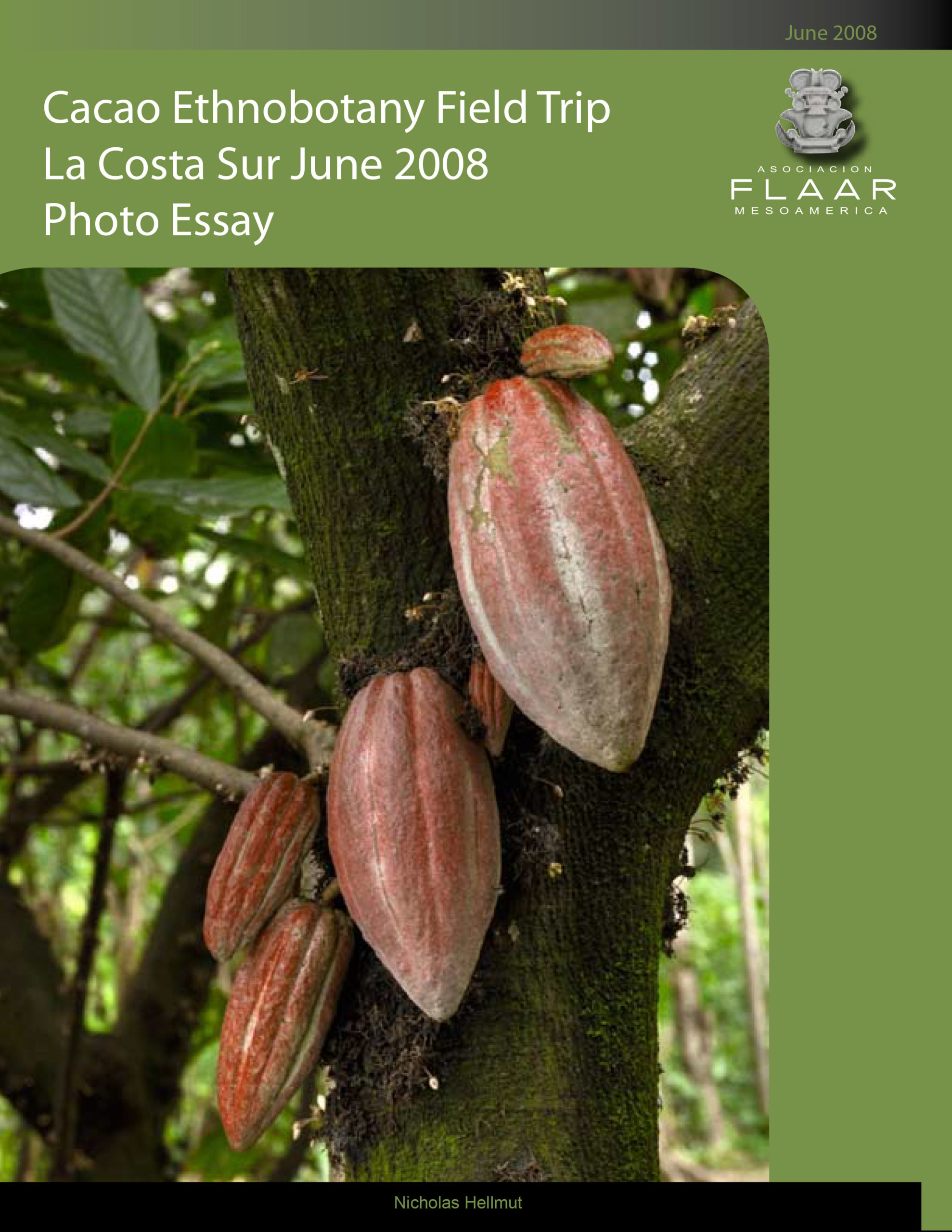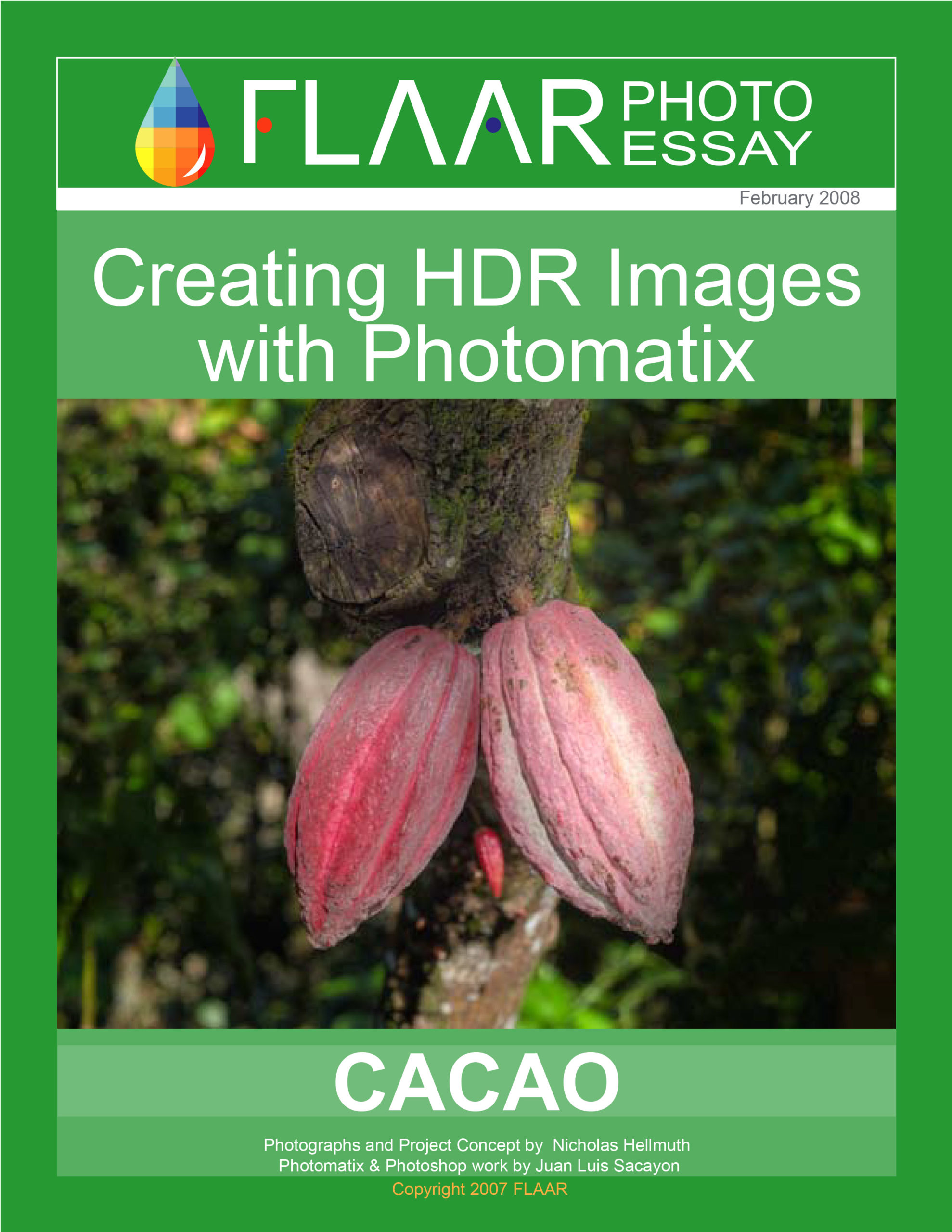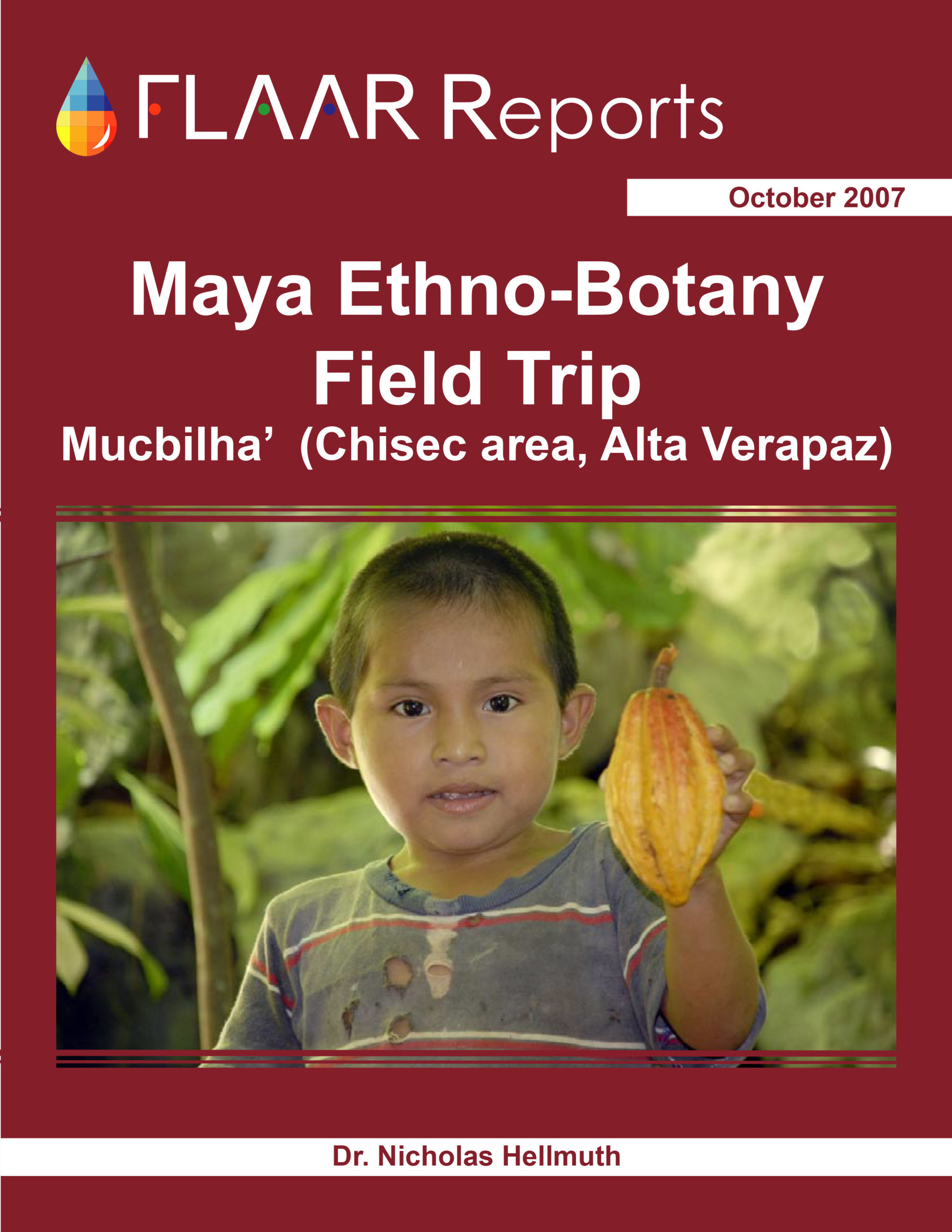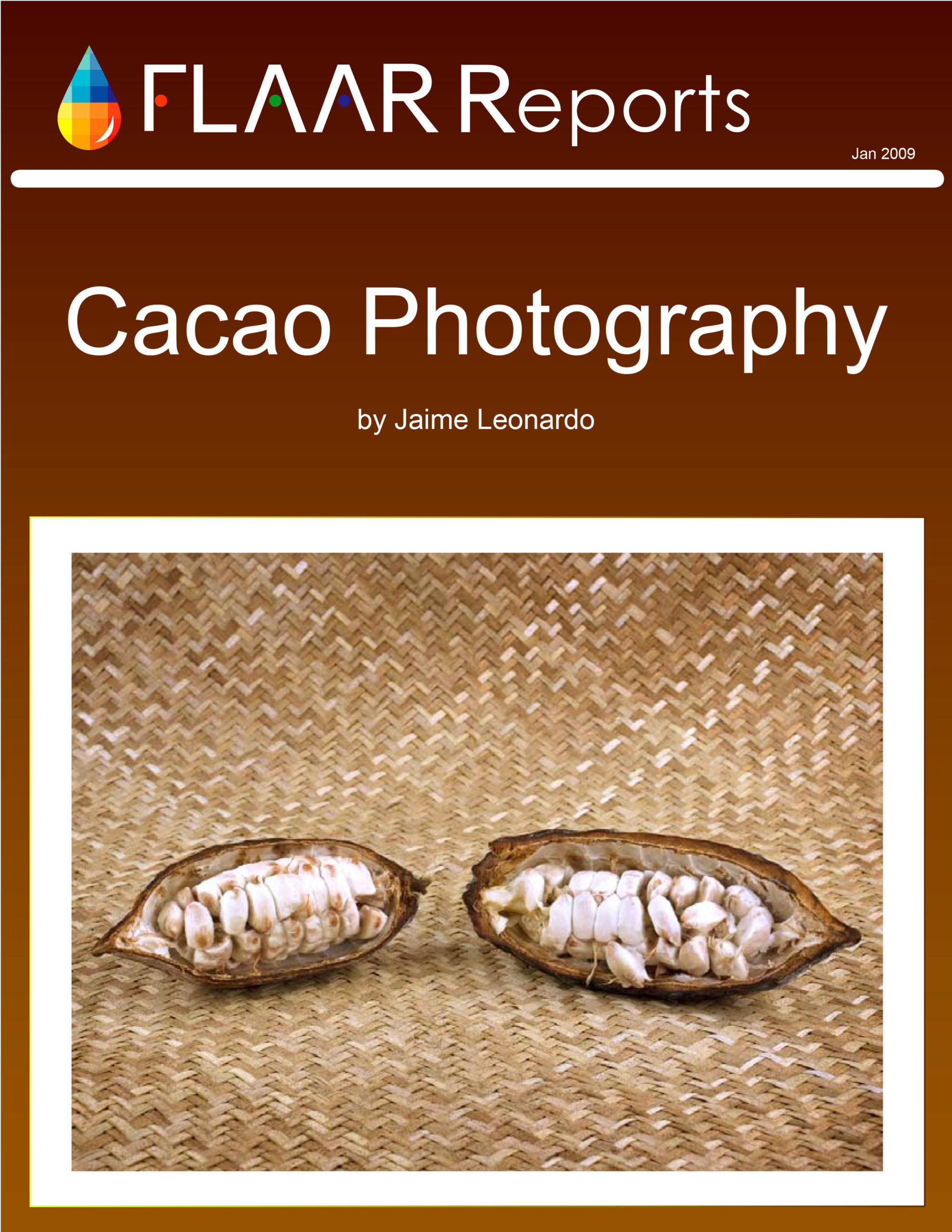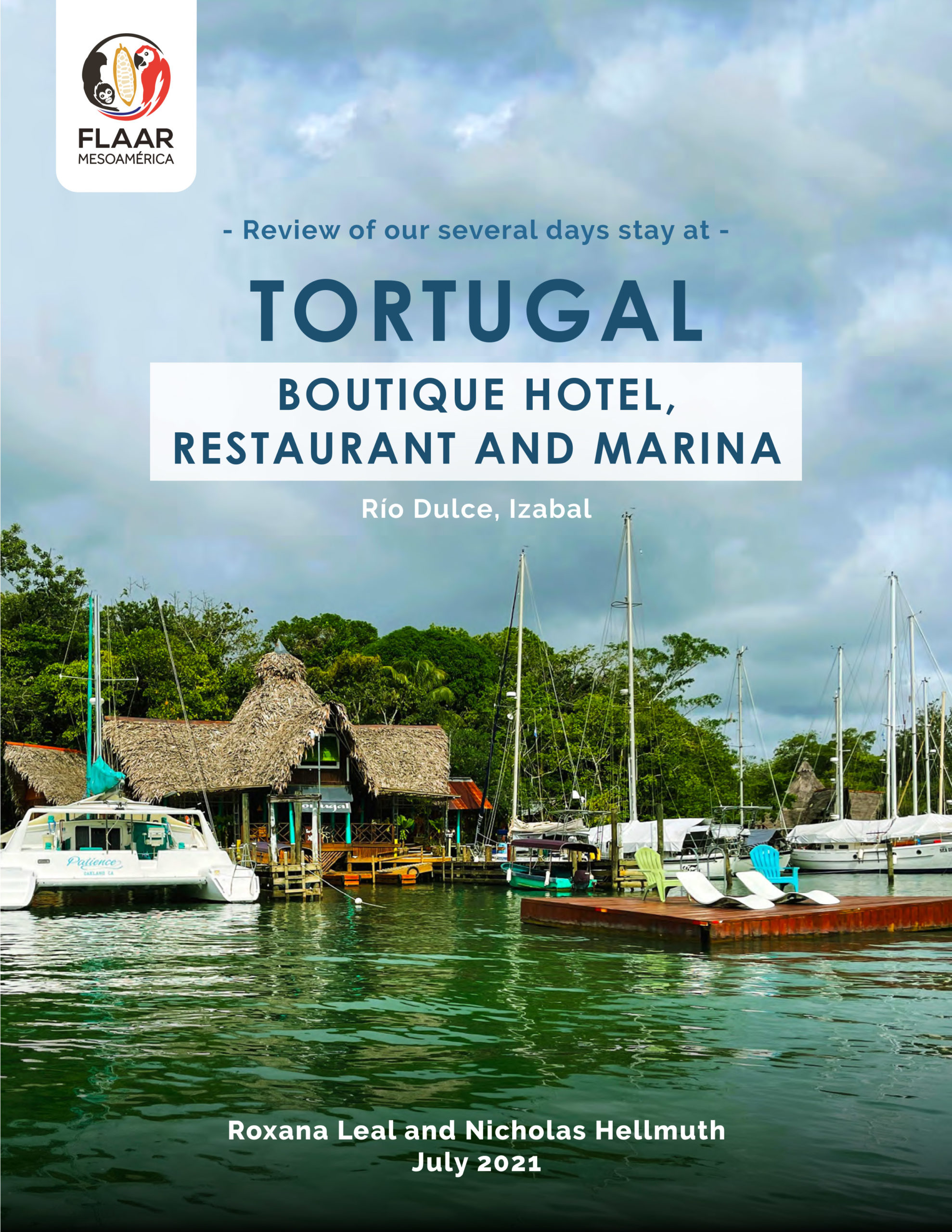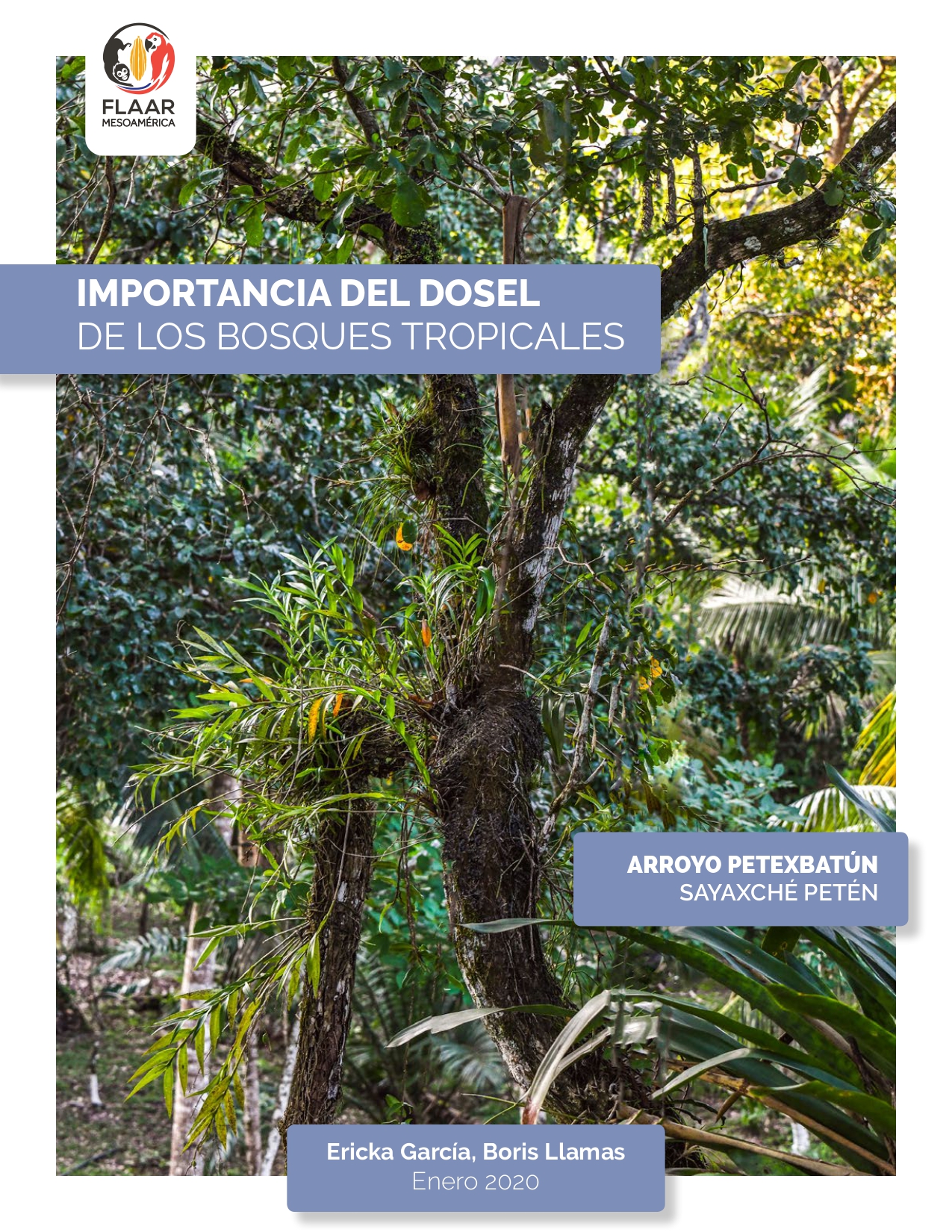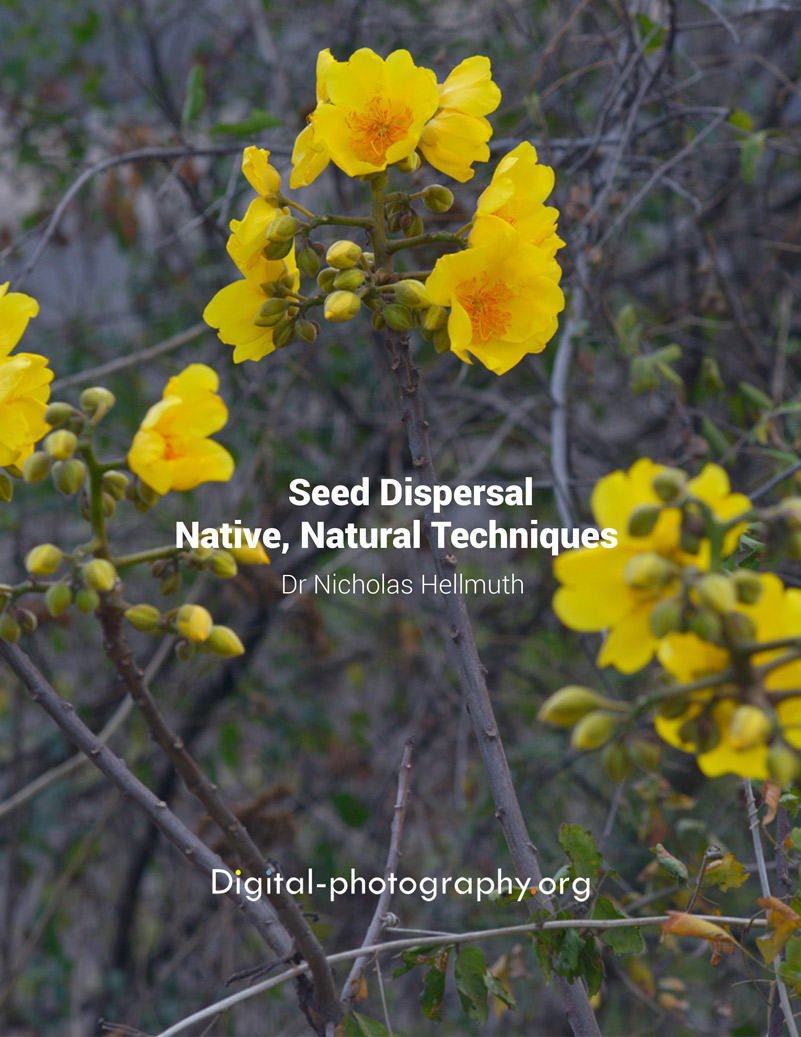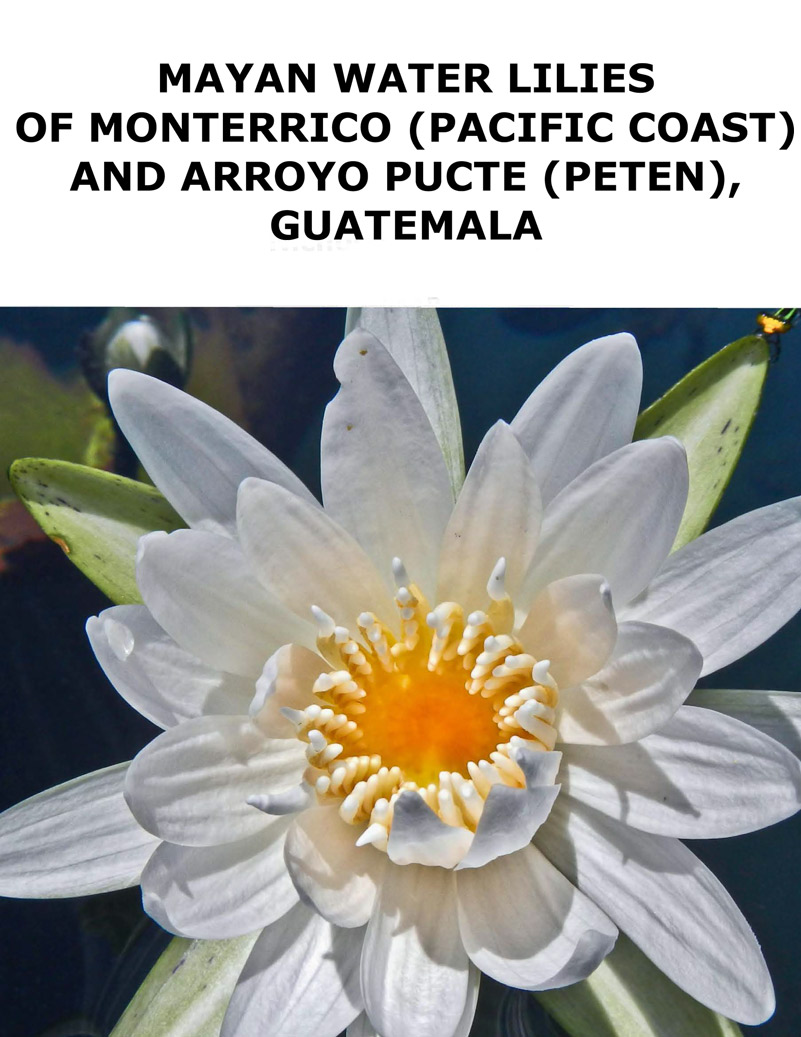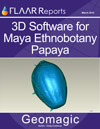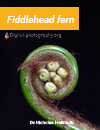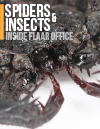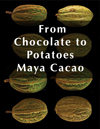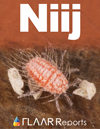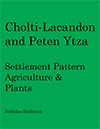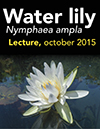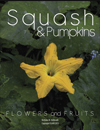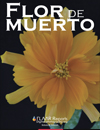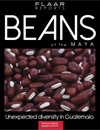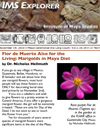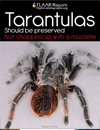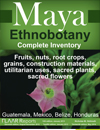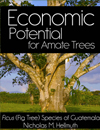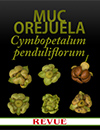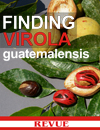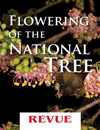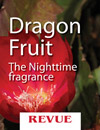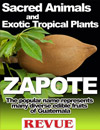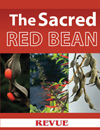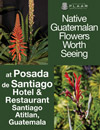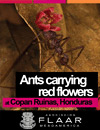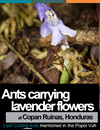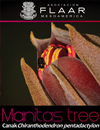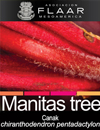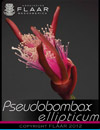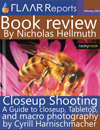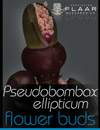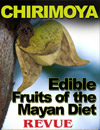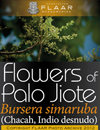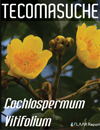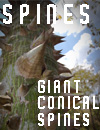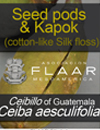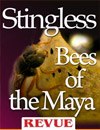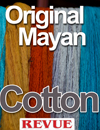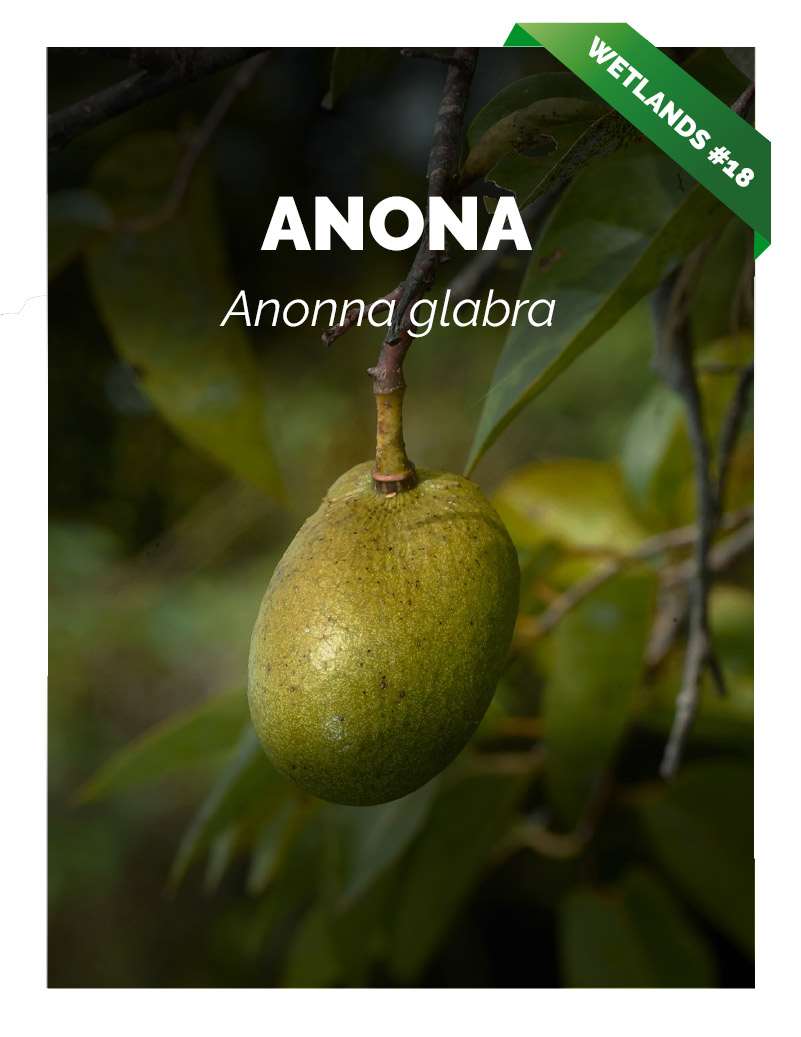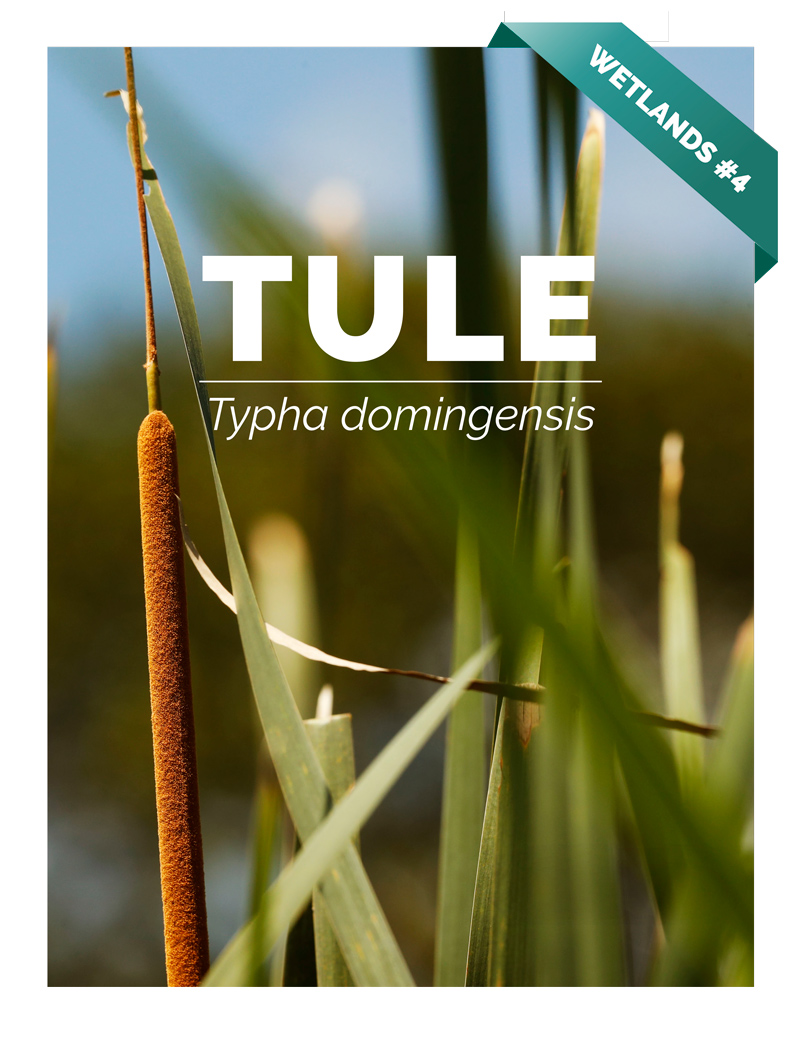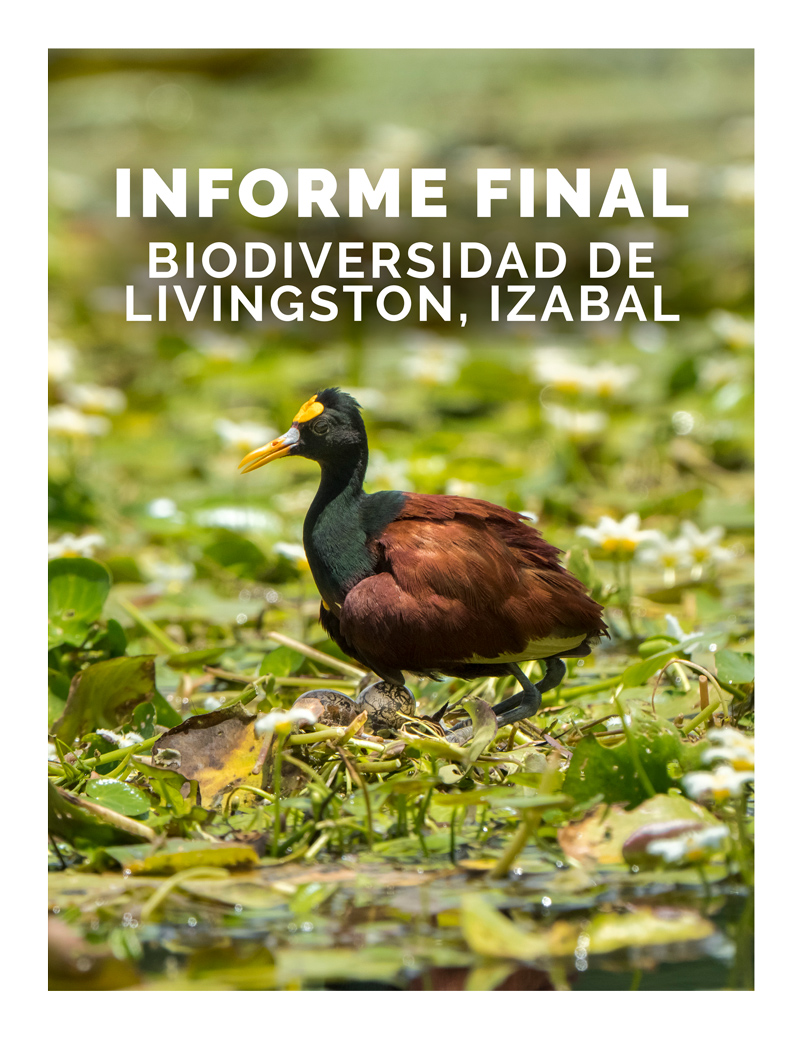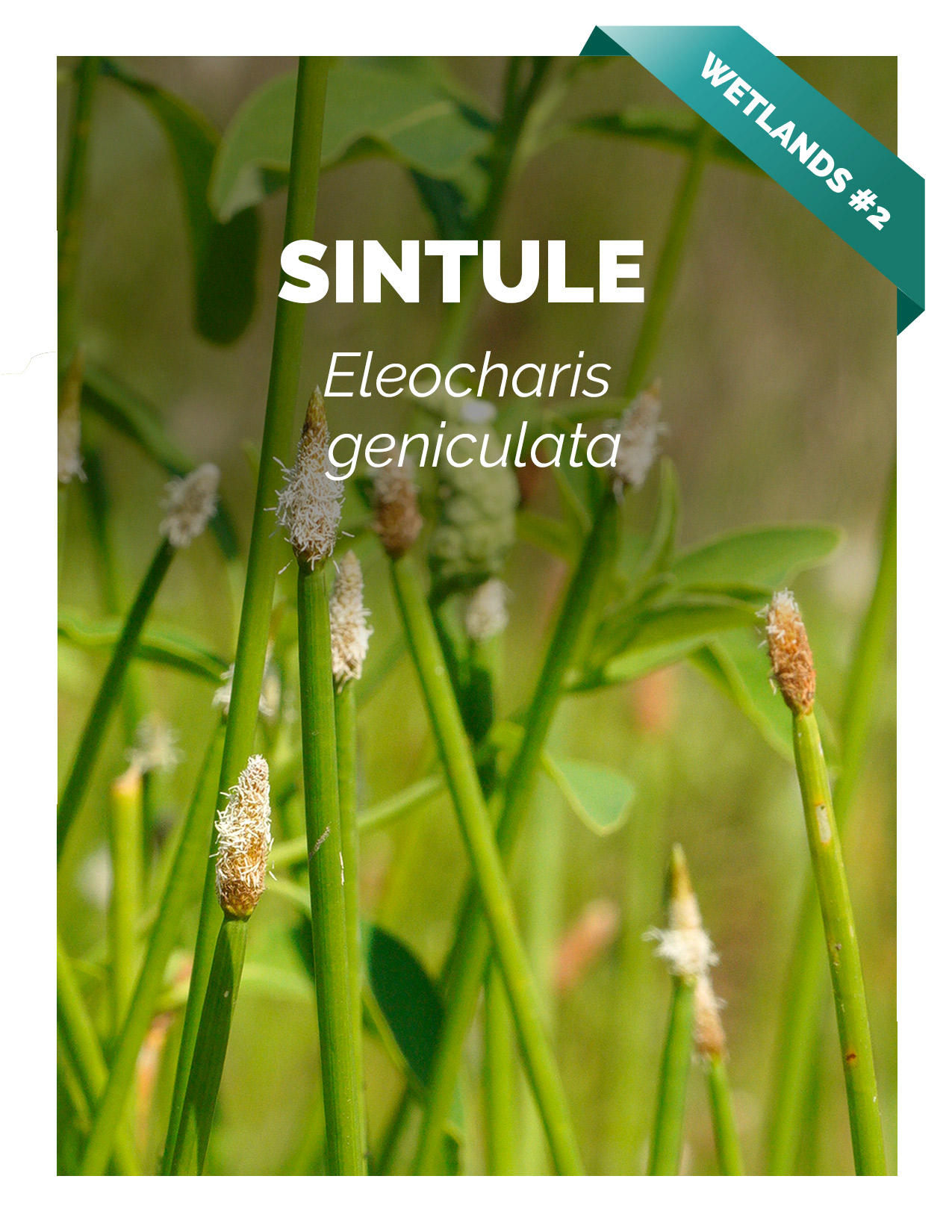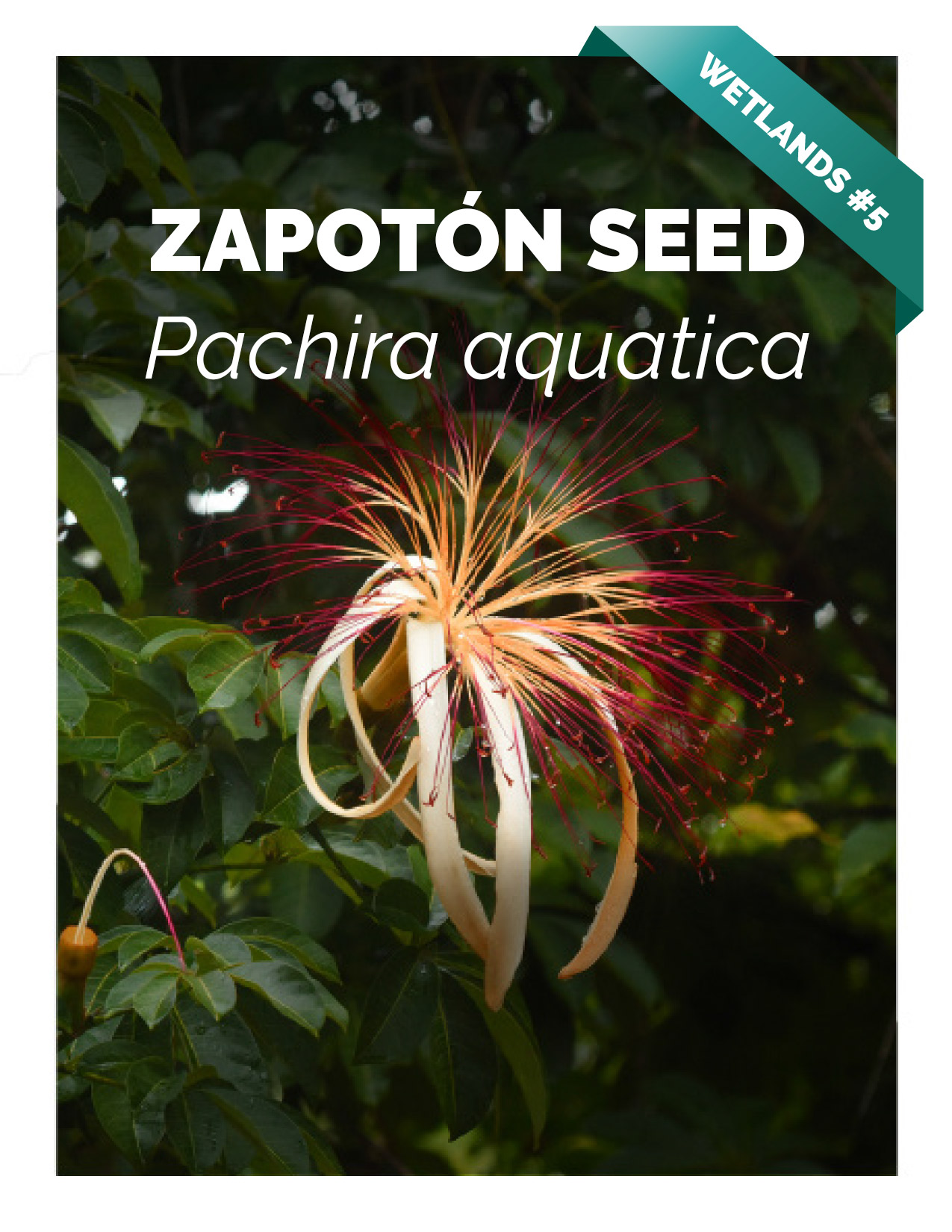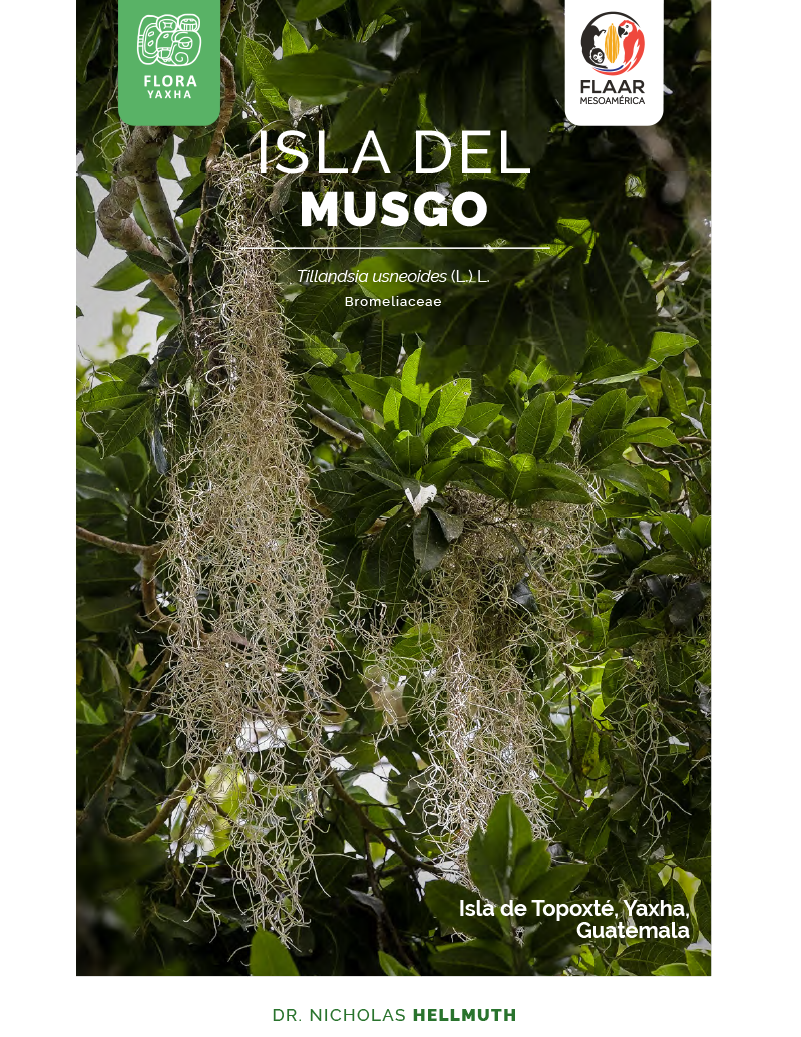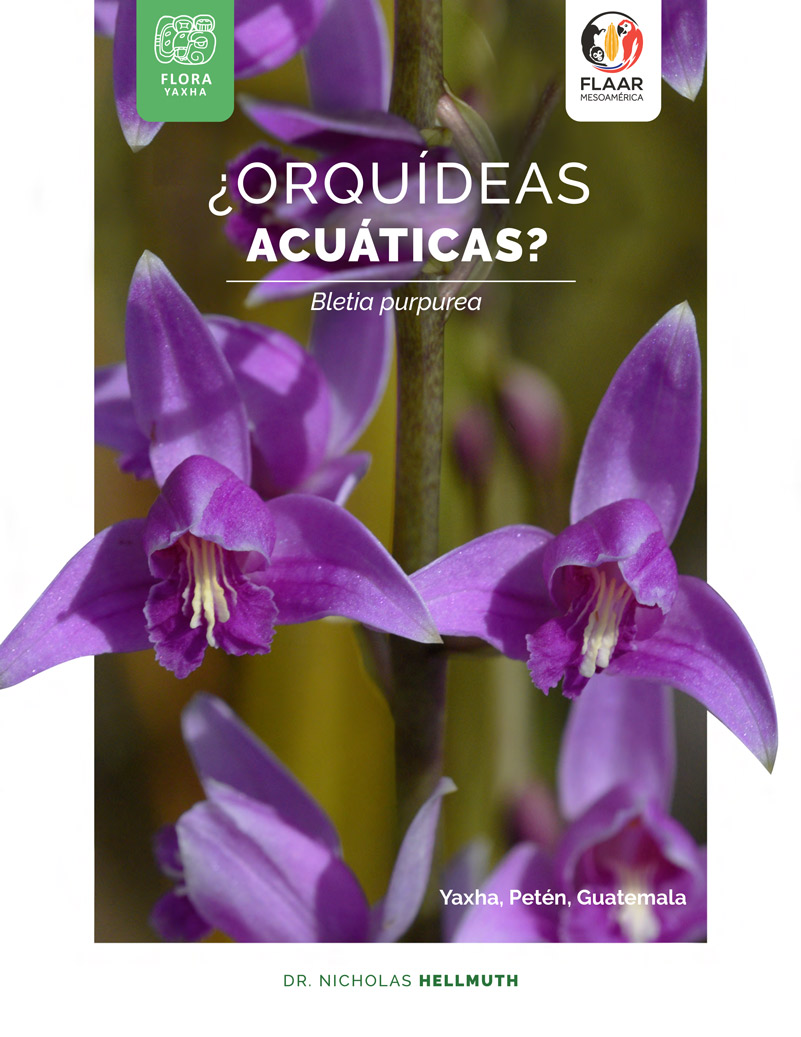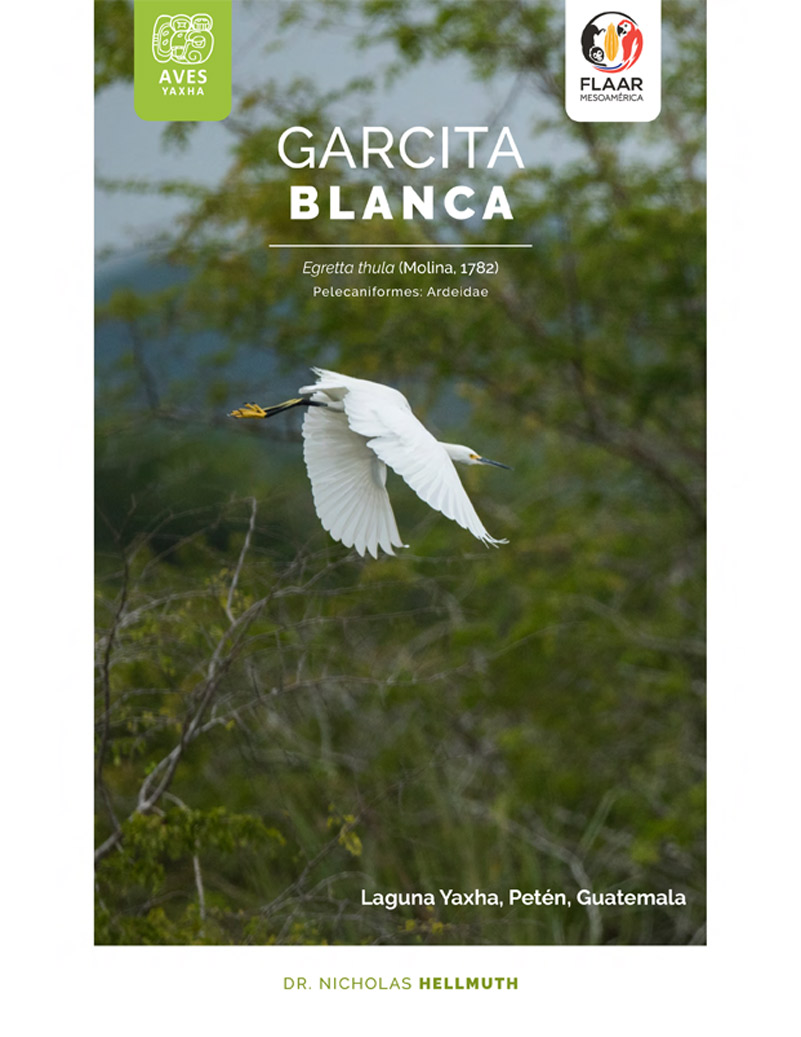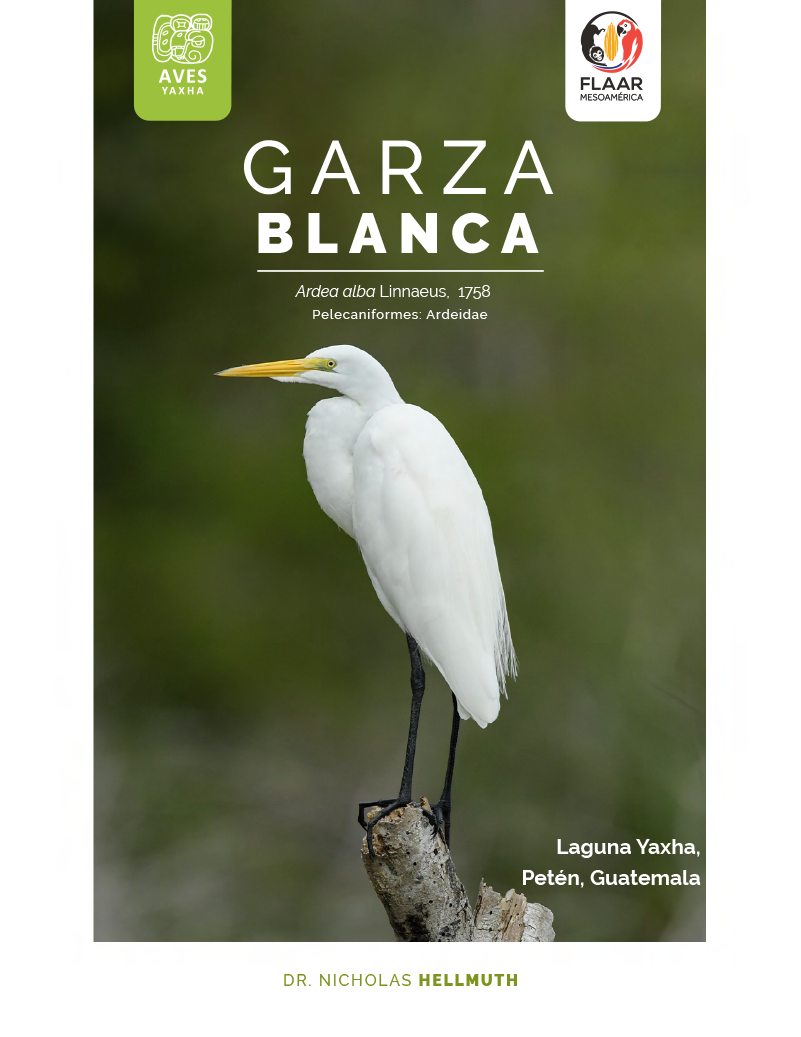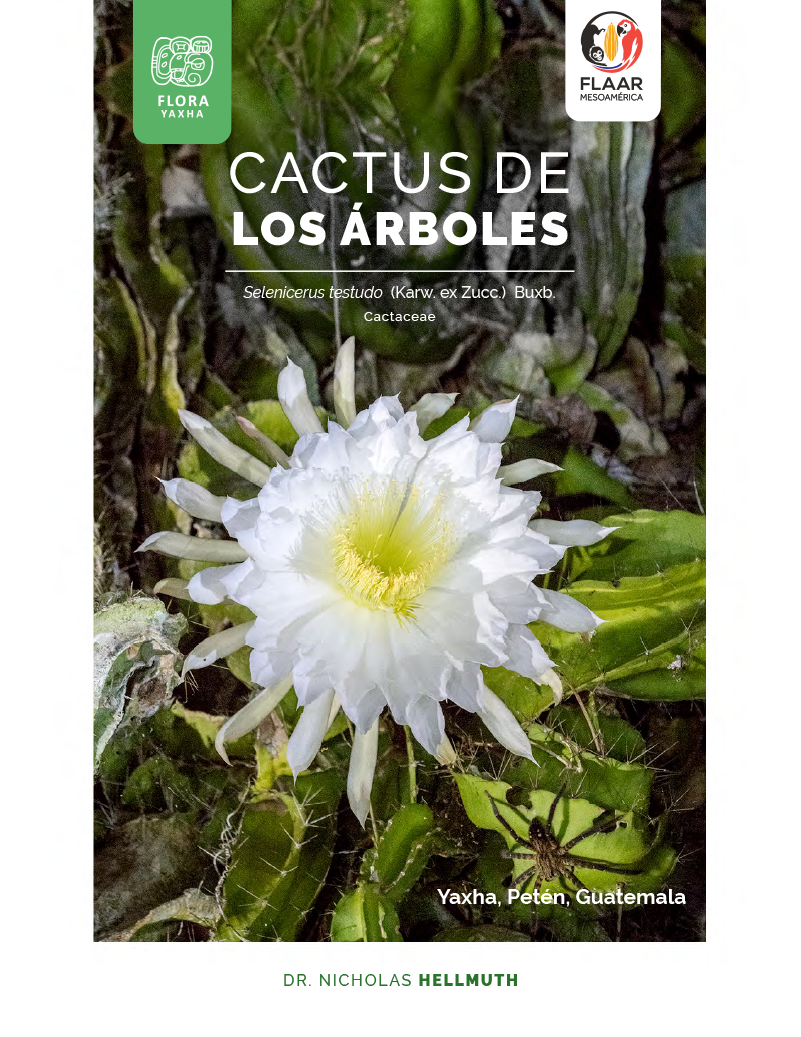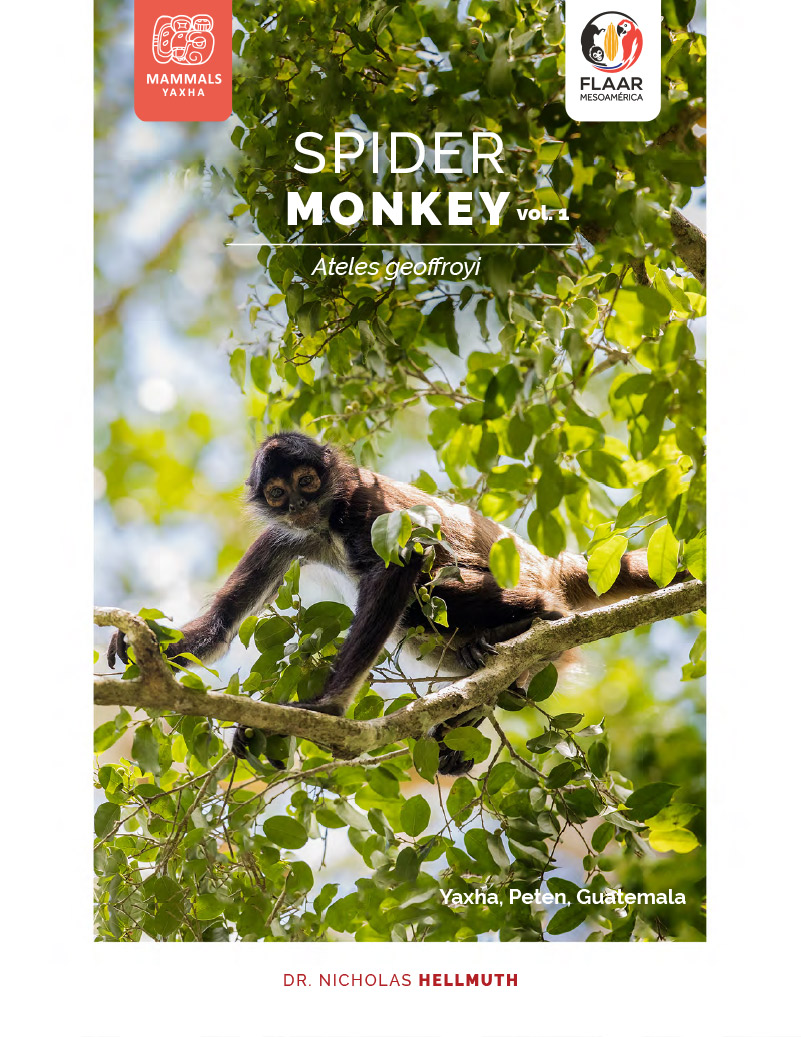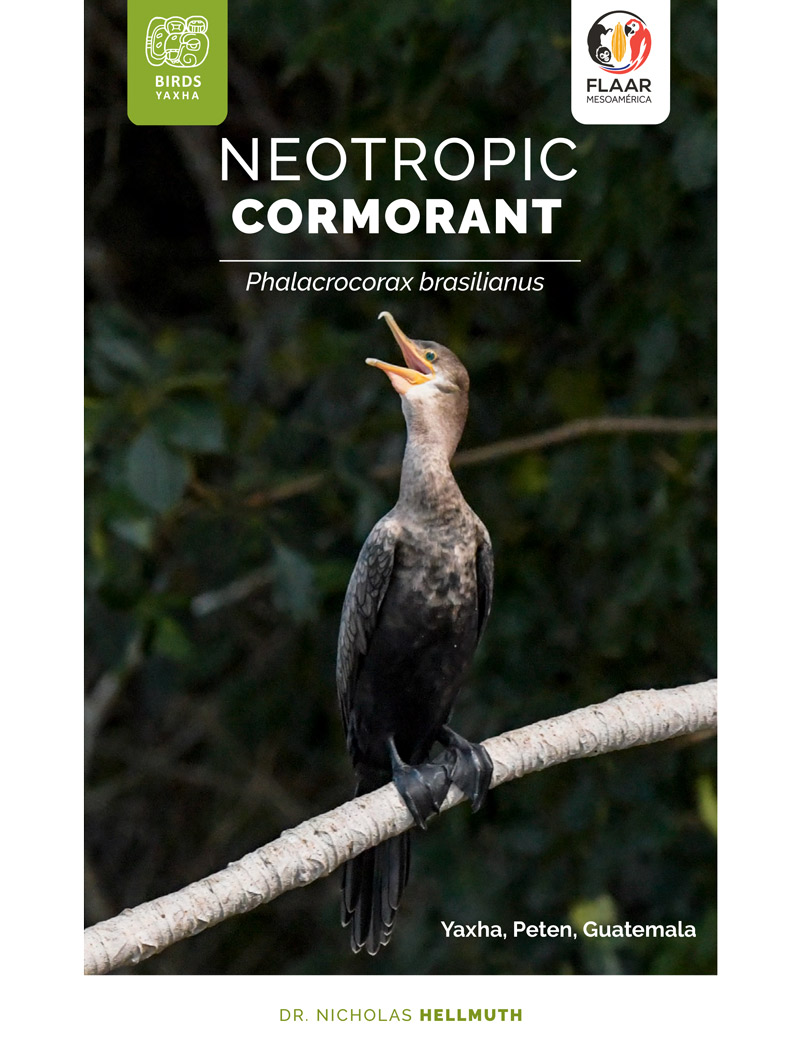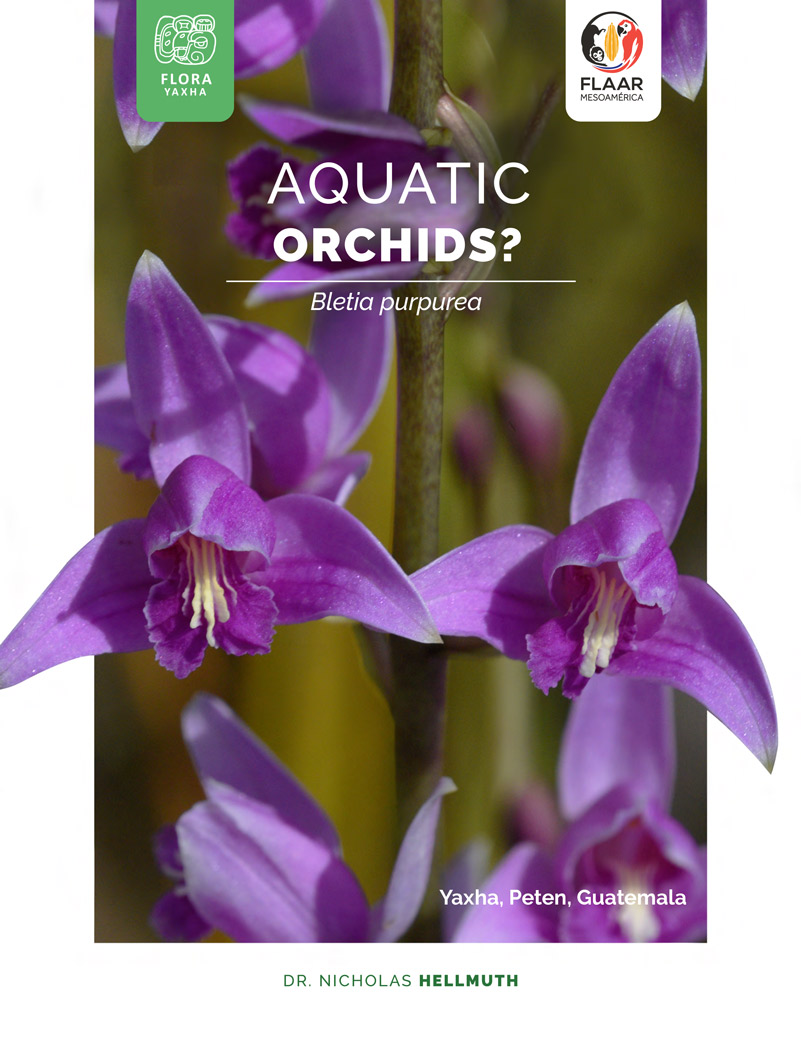Potential to improve diet and health among Mayan communities of Guatemala
Two thousand years ago there were no Paiz or Supermercado La Torre; there were no highways to bring in food in 18-wheeler trucks. Yet there were more millions of Mayan people living in Guatemala than today!
What made it possible to have more people in AD 600 than in AD 2016?
2000 years ago there were hundreds upon hundreds of edible plants used, with different species in each eco-system. Today the agriculture produces primarily maize, beans, squash, and a few other plants: the rest is 3-liter bottles of Cola and junk food in plastic and aluminum bags (which litter every trail to every tiny aldea and communidad in the entire country).
Diabetes is the most common disease (due to consumption of GALLONS of cola since childhood, and all the chemical-laced junk food: sugar, salt, flavorings).
We at FLAAR have spent the last several years making lists of all the edible and utilitarian plants of the Maya. Our list is far more extensive than lists in quoted monographs and scientific peer-reviewed journals. Our “peers” are the over 300,000 people who read our www.maya-ethnobotany.org every year!
If funding is available we would like to make our documentation available to the Mayan people, in their own K’iche, Kaqchiquel, Q’eqchi’, Mam languages, and other Western Highland, Central Highland, and other parts of Guatemala, including Xinca and Garifuna languages.
Underutilized Edible plants of the Mayan world
Sambucus mexicana, Sambucus nigra and Sambucus canadience are synonyms. Blue elderberry. We even have one of the elderberry species on our family farm in the Ozark Mountains of south central Missouri.
Evidently you can also eat the flowers but normally people consume the ripe berries (in jelly or other preparation; you don’t tend to eat them in a bowl like blueberries or raspberries).
Sauco is everywhere, from Central Highlands through Western Highlands
Driving from Guatemala City towards Los Encuentros (turn off to Chichicastenango) you find lots of sauco. Around Quetzaltenango, sauco in almost every field. Plus in many other places in the Central Highlands and Western Highlands, plus in Q’eqchi’ Mayan areas.
It would help to have a project to systematically record precisely in how many eco-systems of Guatemala sauco is common.
Sauco is very common, but usually “wild” and not cultivated
Sometimes you find sauco as a living fence. Other times it is growing around houses, randomly. Usually it is left in fields that are otherwise cut for milpa (so sometimes it is spared from the slash-and-burn Mayan maize cultivation system). But this is an extremely common plant. I would call it a small tree or large bush (botanists will have their preferences).
It blooms for several months, especially May and June. In June you can begin to see the berries but they are not yet ripe until later in the year.
As with many Neotropical plants, parts of toxic even though parts are edible
Scores of plants in Guatemala, Mexico, Honduras, etc have edible parts and toxic parts all on the same plant. Sometimes a part of the plant is toxic with young but fully edible when ripe. Other times it’s the other way around. With sauco the berries have to be completely ripe.
Sauco is medicinal throughout Mexico and Guatemala
Francisco Hernandez, already in the 16th century speaks about the medicinal benefits of Sauco (Relaciones Geograficas). In the 17th century Francisco Ximenez mentions the medicinal benefits of sauco.
Sauco also produces a dye colorant
In northern Mexico, among the Coahuilla Indians, sauco is used as a dye colorant for dyeing basketry (Barrows 1967). Sauco also produces a colorant in the Choco area of Colombia (Pino Chala et al 2003). But this is a different plant: Solanum aff. Incomptum. It will be useful to check if Mayan Sauco was used as a dye colorant; it is not listed in the book on dye colorants by Olga Reiche (2014).
Not one Sambucus species is listed for the northern Lacandon Maya in the impressive coverage by Suzanne Cook (2016), so it seems to prefer Highland eco-systems.
Sauco is also beneficial to local wild animals and birds
Sauco berries and leaves are popular food for deer, squirrels, raccoons, opossums and birds. Wild creatures can evidently not be affected by what is toxic to humans (Charlebois et al. 2009: 30-31).
Bibliography
We are preparing a comprehensive bibliography on sauco.
Posted June 10, 2016
after again photographing Sauco in Western Highlands during a long field trip



